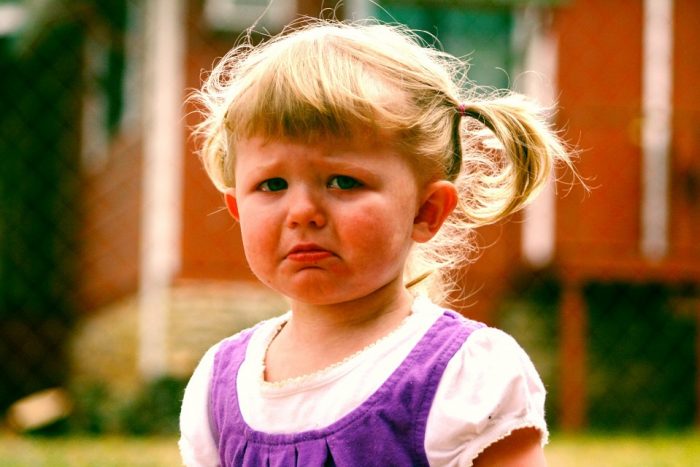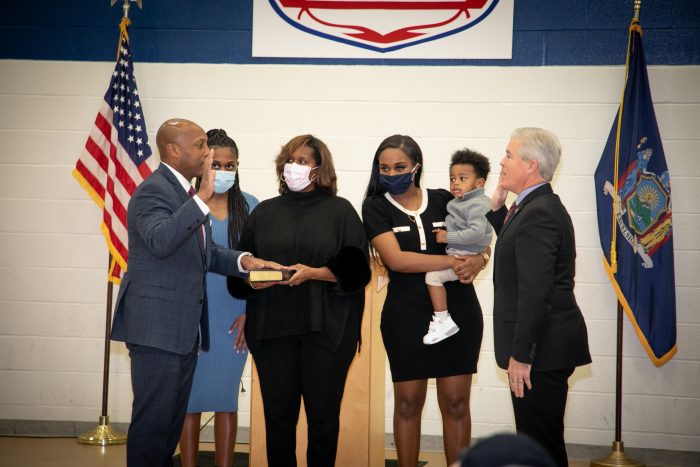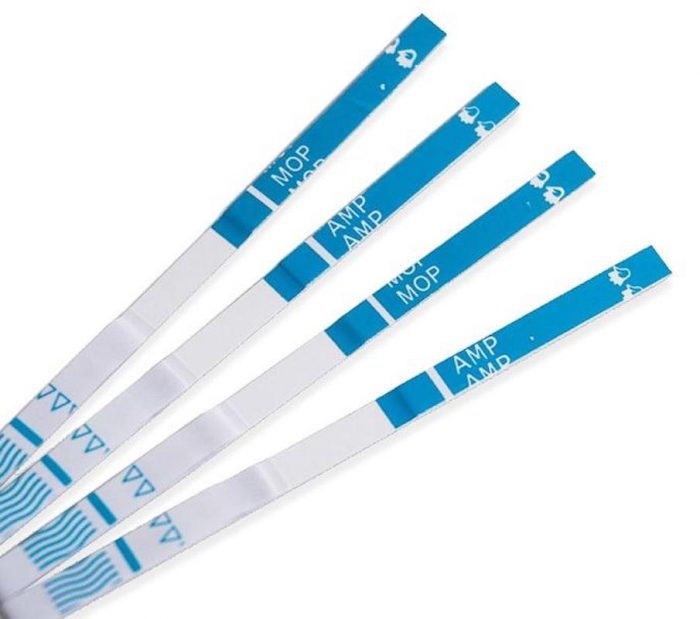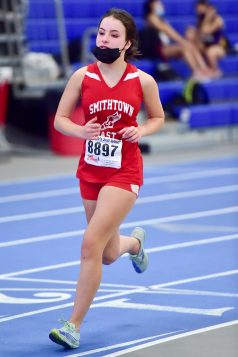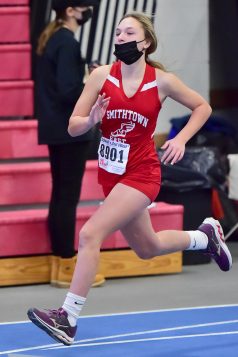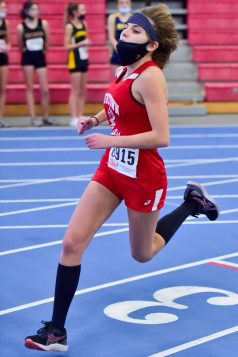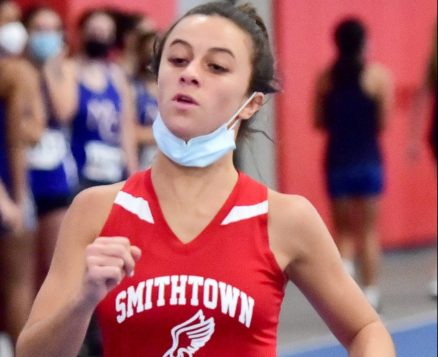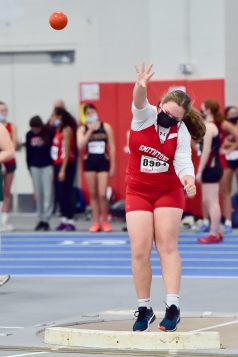The following incidents have been reported by the Suffolk County Police:
Commack
■ Suffolk County Police Major Case Unit detectives are investigating a robbery that occurred at a Commack bank on Dec. 29. A man entered Capital One, located at 2050 Jericho Turnpike, at approximately 11:50 a.m. and allegedly handed a teller a note threatening violence and demanding money. The teller gave the man cash from the drawer and the man fled on foot. The man was wearing a mask, a hooded sweatshirt with the hood up, a ski cap and gloves. Update: Suspect is in custody.
■ Suffolk County Police Major Case Unit detectives are also investigating a robbery that occurred at a HSBC bank in Commack on Dec. 29. A man entered the bank, located at 5880 Jericho Turnpike, at approximately 4:35 p.m. and allegedly handed an employee a note threatening violence and demanding money. The teller complied and the man fled on foot. The man was wearing a grey hooded sweatshirt under a dark colored jacket. His hood was up and he was also wearing a blue baseball cap, a blue face mask, and gloves. Update: Suspect is in custody.
■ A person allegedly stole a 2021 black Mazda 3 that was parked in the driveway of Balsam Lane in Commack on Jan. 4 at 12:30 a.m.
■ Two men walked into Walmart on Crooked Hill Road in Commack on Jan. 3 at 1:40 p.m. and allegedly stole two coffee machines and two Kitchen-Aid machines.
■ An unidentified person in a car allegedly took two outgoing payment checks from a mailbox on Holly Drive in Commack on Jan. 3. The incident was caught on a neighbor’s Ring security camera.
East Northport
■ Suffolk County Police Major Case Unit detectives are investigating a robbery that occurred at an East Northport bank in the afternoon of Jan. 3. A man entered Citibank, located on Larkfield Road, and allegedly handed an employee a note threatening violence and demanding money at approximately 3:45 p.m. The teller complied and the man fled on foot. The man is white and was wearing a dark hooded sweatshirt under a dark colored jacket. He was also wearing a COVID facemask. Update: Suspect is in custody.
■ A person allegedly removed a catalytic converter from a 2003 Ford F250 parked on the street in front of a residence on Grant Street in East Northport on Jan. 3.
■ A catalytic converter was removed from a 1999 Honda Accord parked on 4th Street on the corner of 5th Avenue in East Northport on Jan. 3.
■ The theft of a catalytic converter from a 2009 Toyota Prius parked on Harding Street in East Northport was reported on Jan. 3.
■ A catalytic converter was removed from a 2005 Honda Accord parked in front of a residence on Heath Lane in East Northport on Jan. 5.
East Setauket
■ BJ’s Wholesale Club on Nesconset Highway in East Setauket reported that 12 cases of beer were stolen on Jan 5 at 12:50 p.m. The items were allegedly placed in a shopping cart by an adult male who then exited the store without paying for them. The items are valued at approximately $365.
■ The police were summoned to Walmart on Nesconset Highway in East Setauket to investigate a petit larceny on Jan. 5 at 3 p.m. An unidentified female allegedly took miscellaneous household items valued at $25 and walked out of the store without paying.
Hauppauge
■ Lynbrook Glass on Motor Parkway in Hauppauge reported that several catalytic converters were stolen from vehicles on their property on Jan 1 at 2 a.m.
Huntington
■ A wallet containing credit cards and cash was stolen from an unlocked vehicle parked in the driveway of a residence on La Rue Drive in Huntington on Jan. 3 at 9 p.m.
■ A 1999 Chrysler Town and Country was stolen from a residence on Meadowlawn Street in Huntington on Jan. 5. The owner reported that the keys had been left in the vehicle.
Huntington Station
■ Rite Aid on West Jericho Turnpike in Huntington Station reported the alleged theft of 10 cases of beer by an unidentified man on Jan. 2 at 5:40 p.m.
Kings Park
■ A Razor E200 electric scooter was stolen from outside T.J. Maxx on Indian Head Road in Kings Park on Jan. 5 at 4:30 p.m.
Lake Grove
■ Mayra’s Bakery on Hawkins Ave., Lake Grove was the victim of a scam on Dec. 28, 2021. A caller allegedly claiming to be a PSEG employee told the owner they would shut the power off to the bakery if they didn’t send a payment. A payment was made over the phone using a bank card.
■ Police were summoned to Dick’s Sporting Goods at the Smith Haven Mall in Lake Grove on Jan. 6 at 4 p.m. after two women allegedly placed assorted clothing in bags and left the store without paying for it.
Mount Sinai
■ A resident on Mount Sinai Coram Road in Mount Sinai called the police on Jan. 2 at 1 a.m. to report license plates were stolen off a vehicle parked in front of his home.
Port Jefferson
■ Miscellaneous groceries were reported stolen from Cafe Latino on Main Street in Port Jefferson on Jan. 3 at 3 p.m. The value was estimated at $15.
Port Jefferson Station
■ On Jan. 2 at 6 p.m. a resident on Rush Street in Port Jefferson Station reported that approximately $500 in gift cards and cash had been stolen from a wallet inside the home.
Rocky Point
■ While loading groceries into trunk at Stop & Shop on Route 25A in Rocky Point on Jan. 3 around 6:30 p.m., a woman left her pocketbook in the shopping cart and drove away. When she returned to retrieve it the pocketbook containing her wallet and cellphone were gone. No one turned the purse in
Selden
■ Employees at Home Depot on Middle Country Road in Selden called police on Jan. 4 to report merchandise including copper wire had been allegedly stolen by two males. The items were placed on a utility cart and the two suspects walked out of the store without paying. Estimated value of the items is $6800.
■ A woman called the police on Jan. 4 at 4:45 p.m. to report that her wallet had been stolen while she was shopping at ShopRite on Middle Country Road in Selden.
■ Police were summoned to Home Depot on Middle Country Road in Selden on Jan. 4 at 3:30 p.m. after two adult males allegedly walked out without paying for two cordless nail guns valued at a total of $360.
■ Home Depot on Middle Country Road in Selden called police on Jan. 5 at 12:40 p.m. to report that a spool of copper wire valued at approximately $430 had been allegedly stolen by an adult male.
■ On Jan 6 at 1:15 a.m. a resident on Hawkins Road in Selden reported that a laptop and some personal items were allegedly stolen from a car parked in the street in front of the resident’s home.
■ A manager at Walgreens on Middle Country Road in Selden called the police on Jan. 6 at 9:40 p.m. to report that two cases of Heineken beer were stolen from the store.
South Setauket
■ Target on Pond Path in South Setauket reported on Jan. 2 at 3:15 p.m. that an unidentified woman allegedly switched price stickers on four LEGO sets before purchasing them. The original price was listed at $570.
Stony Brook
■ Lowes on Nesconset Highway in Stony Brook called the police on Jan. 2 at 1:45 p.m. to report an adult male allegedly stole two garage door openers valued at approximately $450 in total.
Suffolk County Crime Stoppers offers a cash reward for information that leads to an arrest. Anyone with information about these incidents can contact Suffolk County Crime Stoppers to submit an anonymous tip by calling 1-800-220-TIPS.
— COMPILED BY HEIDI SUTTON







